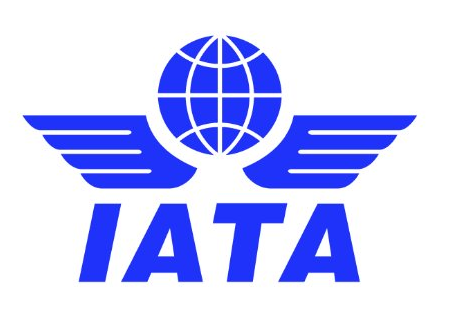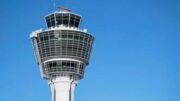Geneva – The International Air Transport Association (IATA) and Tourism Economics released a long-term view for post-COVID-19 passenger demand recovery which demonstrates that people remain eager to travel in the short and long-term. To ensure that aviation can sustainably deliver its social and economic benefits as it meets this long-term demand, it is critical that governments step-up their support for more efficient operations and foster an effective energy transition.
Forecast highlights include
- In 2021 global passenger numbers are expected to recover to 52% of pre-COVID-19 levels (2019).
- In 2022 global passenger numbers are expected to recover to 88% of pre-COVID-19 levels.
- In 2023 global passenger numbers are expected to surpass pre-COVID-19 levels (105%).
- By 2030 global passenger numbers are expected to have grown to 5.6 billion. That would be 7% below the pre-COVID-19 forecast and an estimated loss of 2-3 years of growth due to COVID-19.
- Beyond 2030 air travel is expected to slow, due to weaker demographics and a baseline assumption of limited market liberalisation, giving average annual growth between 2019 and 2039 of 3.2%. IATA’s pre-COVID-19 growth forecast for this period was 3.8%.
The recovery in passenger numbers is slightly stronger than the recovery in demand measured in revenue passenger kilometres (RPKs), which is expected to grow by an annual average of 3% between 2019 and 2039. This is owing to the expected strength of domestic markets like China with large passenger numbers and shorter distances.
“I am always optimistic about aviation. We are in the deepest and gravest crisis in our history. But the rapidly growing vaccinated population and advancements in testing will return the freedom to fly in the months ahead. And when that happens, people are going to want to travel. The immediate challenge is to reopen borders, eliminate quarantine measures and digitally manage vaccination/testing certificates. At the same time, we must assure the world that aviation’s long-term growth prospects are supported with an unwavering commitment to sustainability. Both challenges require governments and industry to work in partnership. Aviation is ready. But I don’t see governments moving fast enough,” said Willie Walsh, IATA’s Director General.
Short Term: Restart
The damage of the COVID-19 crisis will be felt for years to come, but all indications are that people have retained their need and desire to travel:
- Any possibility for borders to re-open is met with an instant surge in bookings. The most recent example is the 100-percentage point spike in bookings from the UK to Portugal when the UK’s “Green List” was announced in early May.
- The economy is strong and can fuel growth in travel. February 2021 industrial production levels stood at 2% above February 2019 levels.
- Consumers have accumulated savings in the lockdowns, in some cases exceeding 10% of GDP.
- Vaccination rates in developed countries (with the notable exception of Japan) should exceed 50% of the population by the third quarter of 2021.
“This should be a clarion call to governments to get ready. The travel and tourism sector is a major contributor to GDP. People’s livelihoods are at stake. To avoid greater long-term economic and social damage, restart must not be delayed. Governments can facilitate a safe restart with policies that enable restriction-free travel for vaccinated people, and testing alternatives for those unable to be vaccinated. Governments must also be ready with processes to digitally manage the vaccine or test certificates—ensuring that a safe restart is also efficient,” said Walsh.
Sustainability
“Aviation will grow because people want and need to travel. But we must be able to fulfil that consumer demand sustainably. Those are the ground rules for any business. It is no secret that this is more challenging for aviation than sectors with broader energy alternatives. But with the support of governments we will get there through a combination of means,” said Walsh.
Aviation is committed to cutting its net carbon emissions to half of 2005 levels by 2050. It already has a good track record of decoupling emissions and demand growth per passenger journey in half since 1990 through efficiency gains, but governments need to step up as well.
In addition to efficiency and technology gains, CORSIA (the first global carbon offsetting scheme for an industrial sector) is stabilizing emissions from international flights at 2019 levels. A low-carbon energy transition for aviation has commenced with sustainable aviation fuels that are powering flight today, to be followed by electric and hydrogen powered aircraft. And there is much more that can be done with infrastructure—airports and air traffic management—to operate with maximum efficiency and minimum emissions.
“If we work in partnership with governments there is great potential in all these areas. But easy sustainability wins are being left on the table. In Europe, which has led on many sustainability initiatives, why are we still waiting for the Single European Sky? This could immediately reduce emissions by up to 10%. There is no excuse as the technology has been here for two decades or more. The partnership with governments on sustainability must exist in deeds as well as words,” said Walsh.
Source : IATA









Be the first to comment on "Optimism When Borders Reopen"